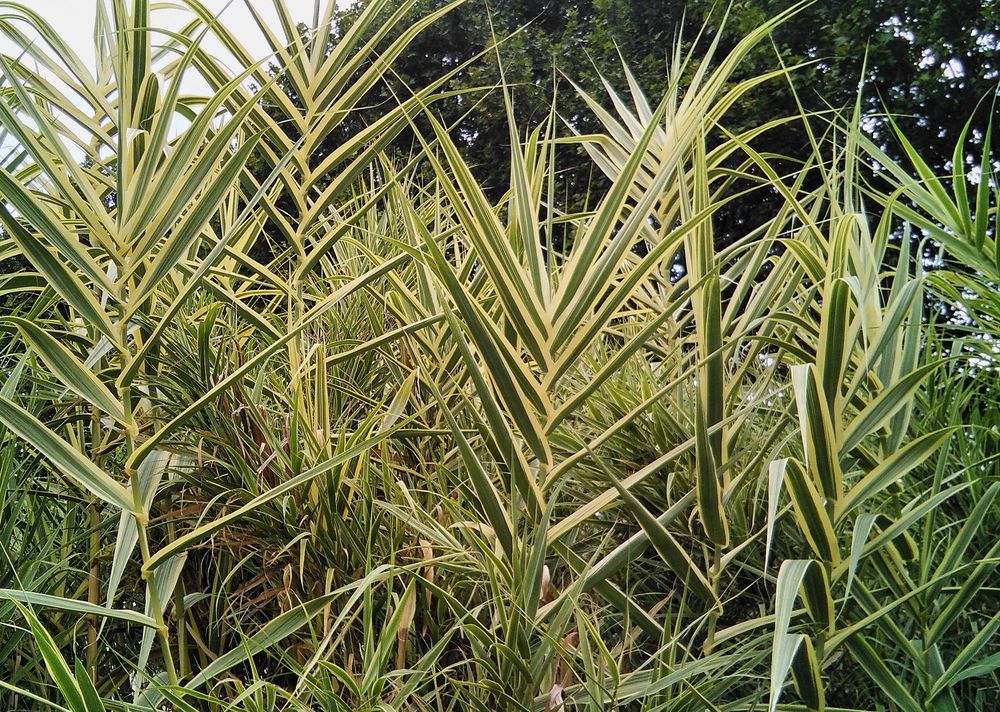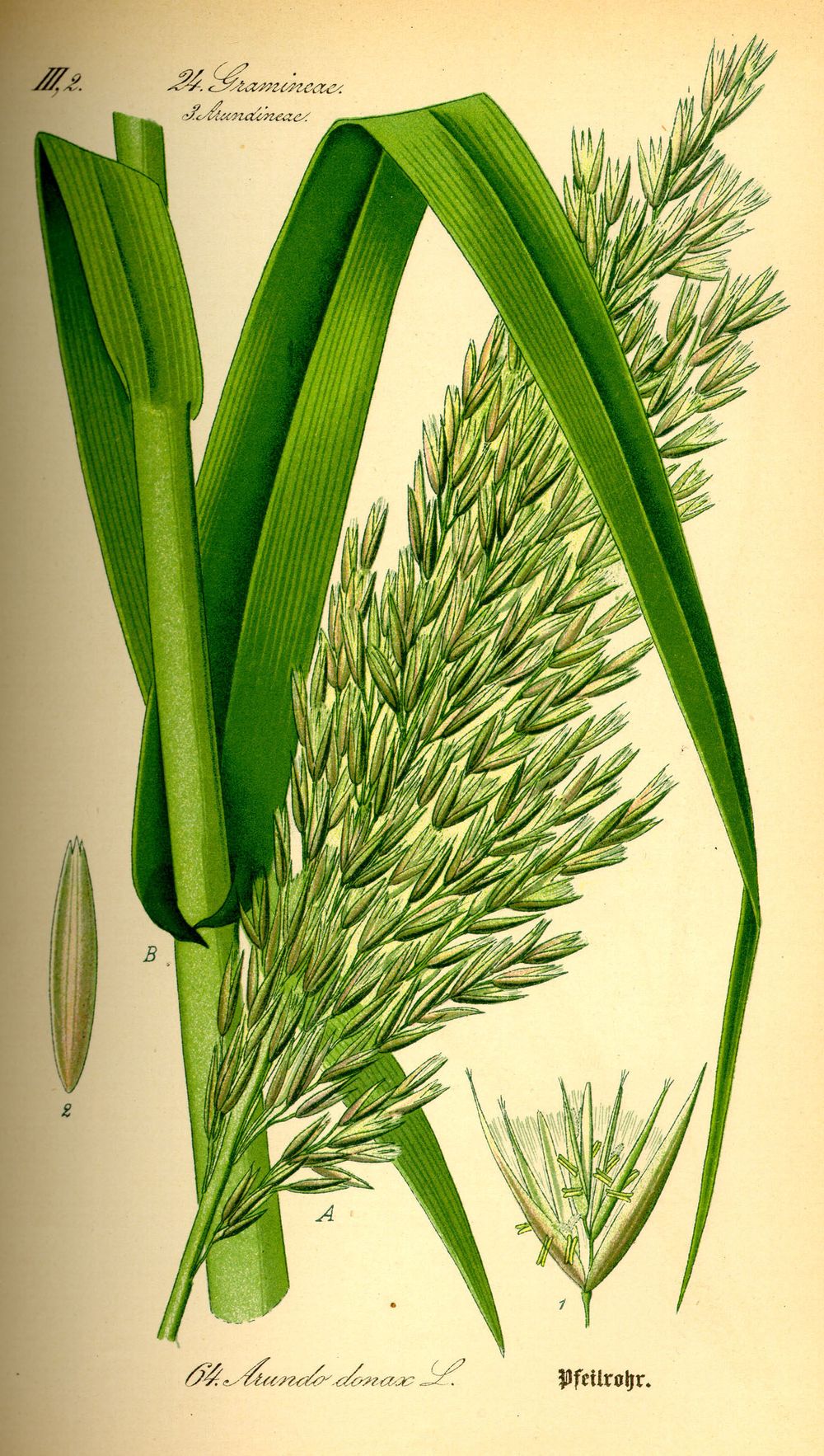7. Double reeds
To round off our description of the various mouthpieces and ways of generating sound with woodwind instruments, a final look at double reed instruments. The oboe and bassoon instrument families are among their number.

Unlike the clarinet or saxophone, the musician here works with a pair of symmetric reeds which vibrate against each other. They are fashioned fro the tube of the giant reed plant which grows in southern France and California. The two reeds are bound together with wire and wrapped at the bottom end with fish skin. This construction is then fitted into a metal tube, the staple, which has cork wrapped around its lower end. Unlike the saxophone or clarinet reeds, double reeds should be properly wet before playing, i.e. dipped into water.

Compared to clarinet and saxophone reeds, double reeds are much more delicate and are usually cut and scraped by the musicians themselves from an unfinished piece of cane. But you can also acquire the finished reeds in three different thicknesses, should you require a replacement piece or still be working on your own method of finishing a double reed.






